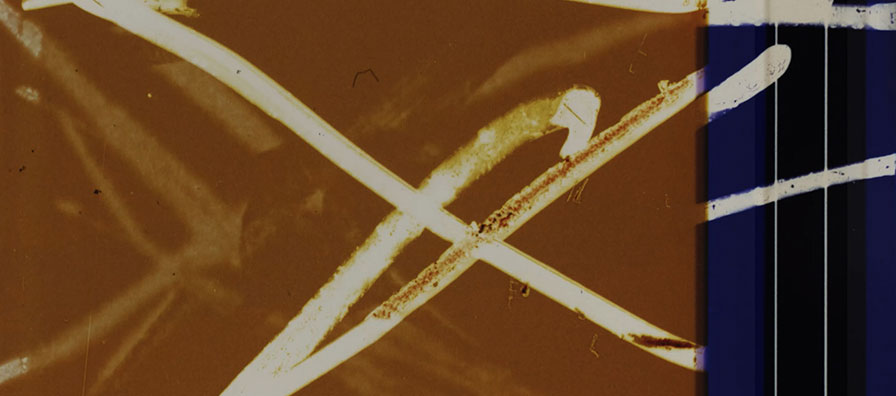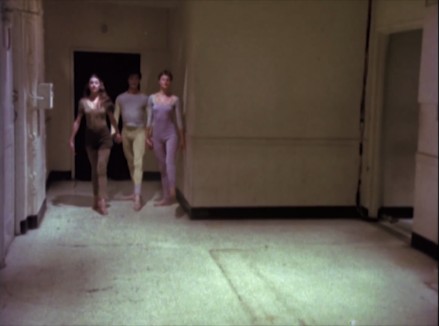Walkaround Time
About
Marcel Duchamp, Merce Cunningham and Jasper Johns were guests at the same New York party one night. Johns had an idea of a way in which Duchamp's THE LARGE GLASS could work as decor for a dance for Cunningham's company. Cunningham was enthusiastic and Johns crossed the room to approach Duchamp with the proposal. Duchamp frowned. 'Who will do the work?' Johns said, 'I will.' Relieved, Duchamp readily agreed.
Duchamp attended the premiere of WALKAROUND TIME in Buffalo, New York on March 10, 1968. The dance is atypical in the Cunningham repertory. Though the choreography, the music and the decor were each independently conceived, they share a common thematic purpose: a homage to the work of Marcel Duchamp. In more typical Cunningham fashion the music was first heard when it was performed with the dance on opening night, and the set was incorporated into the piece only shortly before the premiere. The choreography makes reference to Duchamp in concept (composition) and in detail (physical image). Cunningham has translated Duchamp's concern with transparency in terms of movement into a dance composition which explores the possibilities of lateral movement back and forth across a proscenium space. In addition to the 'transparent' clarity of this way of shaping space (as against, for example, the use of a swirling space), this is movement that retains its visual integrity as the dancers pass behind the see-through vinyl inflatables of the set. The stillnesses that penetrate and surround the movement have a definite Duchamp flavor. Cunningham's ready-made is the 'laissez-faire' movement during the 'entr'acte' and when he changes costume on stage, it is a nod to the famous nude. The viewer is left to complete the dance with discoveries of Duchampiana on many levels. The Duchamp-related material is, however, the choreographer's subtext. Cunningham's prime concern is choreography that is compelling on an abstract level, plainly as movement in space and time. WALKAROUND TIME individualizes itself in the Cunningham oeuvre by a certain conceptual austerity; I find its particulars cerebral quality fascinating. This movie of WALKAROUND TIME was shot on two separate occasions. Each set of circumstances allowed me to deal with different problems related to filming dance. WALKAROUND TIME is composed of seven sections each approximately seven minutes long. The first three sections were shot in Berkeley, California with a single hand-held camera during an afternoon stop-and-start rehearsal. The attempt was to record the complete choreographic material in actual time with a variety of points of view, and yet to keep the integrity of the movement. The last four sections were shot a year later in Paris, France with three cameras during a live performance. My concern here was to capture the actual performance quality of the dancers, and in the last two sections to make a filmic approximation of the experience of seeing a dance.
"I think WALKAROUND TIME is, purely and simply, a masterwork. In its ambling way it illustrates many of these elements that go to make up Cunningham's greatness as a choreographer. The film shows what Cunningham is all about and it can make lifetime converts of those who can learn to meet the choreographer on his own terms." – John Mueller, "Films: Merce Cunningham's WALKAROUND TIME", Dance Magazine.

